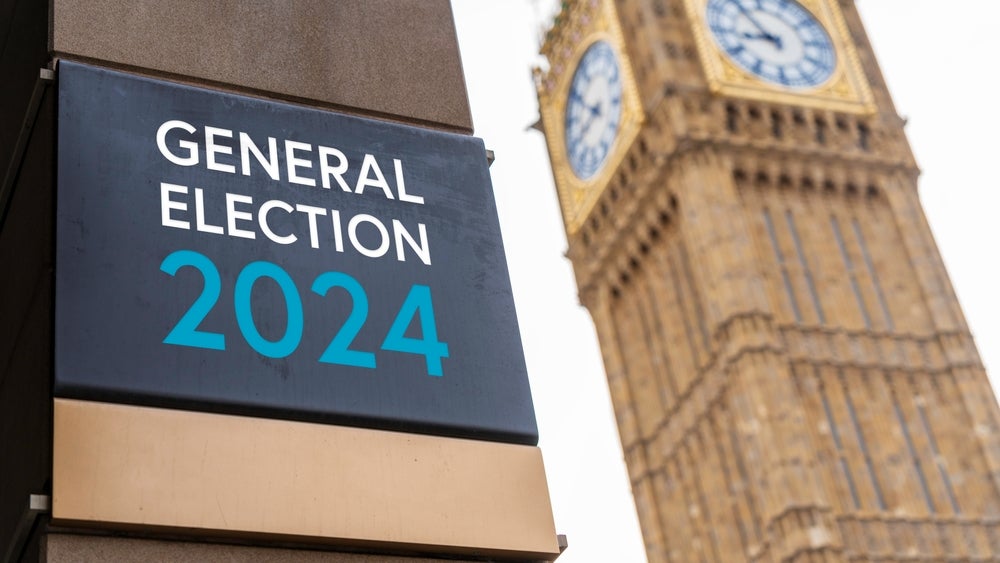
The terms ‘ESG’ and ‘impact investing’ are often used interchangeably, despite being two very different things.
Environmental, social and corporate governance, or ESG, refers to a framework through which investors can measure the potential risks and opportunities of external events such as climate change or the war in Ukraine on a company’s underlying business model; impact investing is a strategy that aims to generate financial returns while simultaneously generating quantifiable positive social or environmental impacts.
As Bob Eccles, sustainability researcher and founder and president of investment company Advisory Capital Partners puts it: “ESG is about the material environmental, social and governance risk factors that matter to enterprise value-creation. Impact is about the positive and negative externalities created by a company’s products and services.”
Where climate change is concerned, a typical ESG investment fund strategy is likely to involve some sort of negative screen; for example, excluding companies with an obviously negative environmental impact, such as coal producers, or it could give a higher weighting to certain companies in a sector performing well on a relative basis; for example, those setting a net-zero target.
Recently, much of the criticism directed at ESG investing has come from people on the political right, namely Republican politicians in the US keen to protect their fossil fuel interests. On the other end of the spectrum, critics of ESG investing have argued that it is being mis-sold as a means of protecting the environment. They say the category is too vague, lacks regulation and is overexposed to greenwashing risks, while some have pointed out that simply shifting dirty assets from one fund or fund manager to another will do little to reduce overall emissions.
The more it becomes clear that ESG investing is first and foremost a tool for measuring financial risk, the more people are looking towards impact investing as a means by which investors can generate positive real-world impact.
How well do you really know your competitors?
Access the most comprehensive Company Profiles on the market, powered by GlobalData. Save hours of research. Gain competitive edge.

Thank you!
Your download email will arrive shortly
Not ready to buy yet? Download a free sample
We are confident about the unique quality of our Company Profiles. However, we want you to make the most beneficial decision for your business, so we offer a free sample that you can download by submitting the below form
By GlobalDataA notable proponent of this view is the world’s richest man, Elon Musk, who has described ESG as ‘the Devil’ due to the lack of consistency between scores from different ESG ratings providers, as well as the fact that the huge variety of ratings methodologies from different providers – not to mention a number of factors relating to social practices and governance capabilities that are taken into account – has meant that some fossil fuel companies such as oil major Repsol, which is still expanding oil and gas infrastructure, have a higher ESG rating than Musk’s electric cars manufacturer Tesla.
Tesla’s latest impact report suggests “we need to create a system that measures and scrutinizes actual positive impact on our planet, so unsuspecting individual investors can choose to support companies that can make and prioritize positive change”.
Impact investing: doing well by doing good
This is the ethos that drives Summa Equity, a Nordic impact investment fund founded in 2016 with the explicit goal of “proving that there [doesn’t have to be] a trade-off between impact and financial returns”. So far, that strategy has succeeded, says Christian Melby, partner and chief investment officer at Summa. He points out that Summa’s performance to date has been “really strong”: the fund’s latest fundraising in July 2022 bought its total investments to SEK 40bn ($3.81bn), making it the largest impact investment fund in Europe.
Summa’s three investment themes – resource efficiency (which includes start-ups working in energy efficiency, green mobility and recycling); changing demographics (start-ups working to improve disease identification, prevention and treatment) and tech-enabled transformation (including start-ups focused on cybersecurity or carbon accounting) – all seek to provide solutions to problems hugely exacerbated by Covid-19 and the global energy crisis, so their success may appear fortuitous. Yet Summa argues that this is simply the impact investing model in action: “investing in companies tackling the environmental, social and governance problems that the world is facing”.
Despite the growing backlash against ESG investing, Hannah Gunvor Jacobsen, partner and COO at Summa, believes the opposite is true for impact investing. “While the strategy of Summa has been the same since we started, we were less explicit [back then in 2016] about the impact part, because people were sceptical about it. There was a feeling that you had to choose between impact and returns”.
Since then, perceptions have changed, she says. While remaining a small overall segment of the total sustainable investing market, which was valued at $30.6trn in 2021, impact investing has seen a 68% increase in the past two years from an estimated $7.15bn in 2020 to $1.2trn by the end of last year.
A shifting regulatory landscape for impact investing
The regulatory landscape has also changed since Summa was founded, particularly in the past year, with EU regulation starting to clamp down on potential greenwashing, leading to a ‘great reclassification’ of sustainable funds. Under the EU’s Sustainable Finance Disclosure Regulation (SFDR), all EU investments fall into one of three categories: Article 8, otherwise known as ‘light green’ products that promote environmental or social elements; Article 9 or ‘dark green’ products, which have an overarching sustainability objective; and finally Article 6, which have no sustainability objective at all.
[Keep up with Energy Monitor: Subscribe to our weekly newsletter]
In January 2023, SFDR 2 came into force, which requires more detailed reporting from fund managers, particularly for Article 9 funds that are supposed to, as the EU clarified in June, only contain 100% “sustainable investments” as defined by Article 2 (17) under the SFDR. Given that impact funds tend to be actively managed for sustainability, they would normally be expected to align with SFDR’s top category, Article 9. However, in practice, this is not always the case.
Summa Equity’s first two funds were both classified as Article 8 under SFDR, but the fund took the decision to label its latest fund, Summa III, an Article 9 fund in 2022. This is despite it featuring a very similar portfolio to its first two funds. Melby says that were they to “retrofit” their investments, the “vast majority” could be classified as Article 9.
Tighter restrictions around what constitutes a sustainable investment lead Summa to believe its funds deserve an upgrade, but the opposite is true for most Article 9 funds domiciled in Europe.
According to the latest quarterly assessment of European SFDR investments from investment research provider Morningstar, published in February this year, a record number of funds were downgraded from Article 9 to Article 8 in the last quarter of 2022 in anticipation of tighter disclosure requirements.
These downgrades mean that the number of funds classified as Article 9 under the SFDR has shrunk to its smallest share yet of total SFDR funds. Morningstar attributes this to regulation, including standards expected to be produced by the European Securities and Markets Authority later this year, which will require funds that include the word “impact” in their names to demonstrate how they "make investments with the intention to generate positive and measurable social or environmental impact alongside a financial return".
Passively managed funds that were included in the top 20 largest Article 9 funds last quarter have "disappeared" and been “replaced by smaller thematic/sector and impact-focused active funds” such as BNP Climate Impact, Mirova Europe Environmental Equity, BlueOrchard Microfinance and Impact ES Actions Europe, Morningstar reports. The percentage of Article 9 funds that are passively managed has shrunk from almost one-in-four to just one-in-20 during the last quarter.
Asset managers that are actively managing funds that follow a clear impact investing strategy are emerging as leaders within the top sustainability bracket. The pool of available sustainability-focused investments may be narrowing, but it is also becoming clearer which investments really are sustainable.
The UK is in the process of developing its equivalent to the SFDR, called SDR, which, unlike its European predecessor, will include a dedicated ‘Sustainable-Impact’ category aimed at further isolating impact investments. These proposals are not without their own complications; in January this year, independent non-profit the Impact Investing Institute warned that certain elements of SDR’s definition of "impact" "do not align with, nor accommodate the direction of travel of the global impact investing market", in a response to the UK Financial Conduct Authority’s consultation on these labels. "[These] key features risk confusing consumers,” it added.
As was the case with the SFDR, the introduction of new and more specific definitions around what constitutes a sustainable fund are sure to create more confusion in the short term, forcing some investors to re-evaluate their decisions to label funds as having sustainable objectives. In the long term, however, greater scrutiny should lead to more clarity and transparency on sustainable investing.







